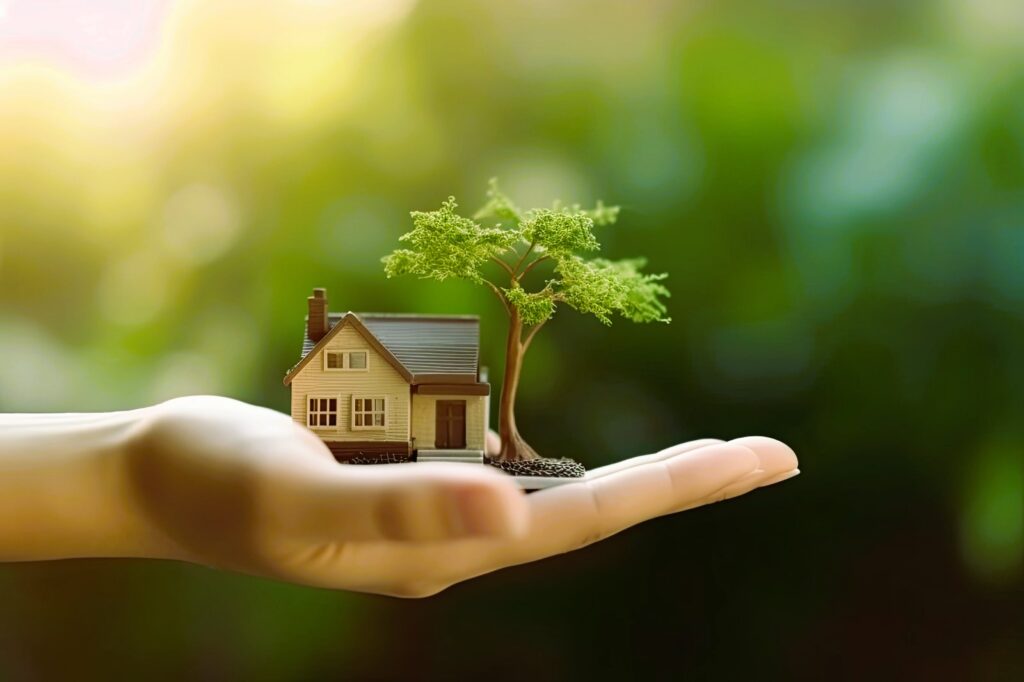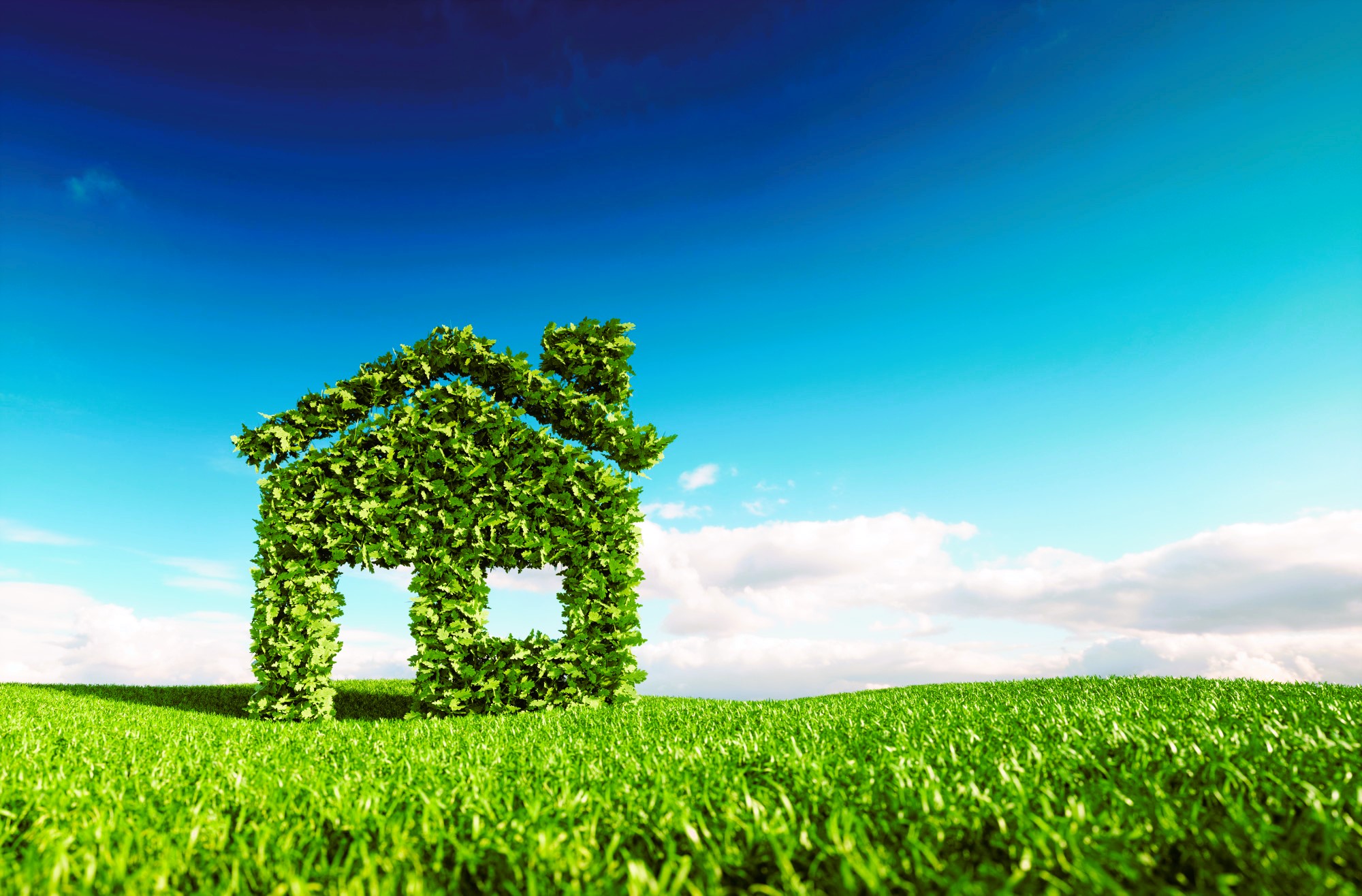In an era marked by growing environmental awareness and sustainability concerns, green home inspections have emerged as a valuable tool for homeowners seeking to minimize their environmental footprint and promote eco-friendly living. These inspections focus on assessing a property’s energy efficiency, sustainability features, and environmental impact, providing homeowners with valuable insights into ways to reduce energy consumption, lower utility costs, and enhance indoor air quality. In this article, we’ll delve into the concept of green home inspections, explore the benefits of eco-friendly solutions for properties, and discuss how homeowners can implement sustainable practices to create healthier and more energy-efficient homes.
Understanding Green Home Inspections
Green home inspections, also known as eco-friendly home assessments or sustainable property evaluations, go beyond traditional home inspections by evaluating a property’s environmental performance and sustainability features. These inspections assess various aspects of a home’s energy efficiency, resource usage, indoor air quality, and overall environmental impact, providing homeowners with recommendations for improvements and upgrades to enhance sustainability and reduce environmental footprint.

Benefits of Green Home Inspections
- Energy Efficiency: Green home inspections help identify opportunities for improving energy efficiency, such as upgrading insulation, sealing air leaks, installing energy-efficient appliances, and upgrading HVAC systems. By implementing energy-saving measures, homeowners can reduce their energy consumption, lower utility bills, and minimize greenhouse gas emissions.
- Sustainable Materials: Green home inspections evaluate the use of sustainable building materials, such as recycled content, reclaimed wood, and low-VOC (volatile organic compound) paints and finishes. By using eco-friendly materials, homeowners can reduce their environmental impact and promote resource conservation. Read about creating a safe environment for older people in our article.
- Indoor Air Quality: Green home inspections assess indoor air quality parameters, such as ventilation, humidity levels, and presence of pollutants or allergens. By improving indoor air quality through proper ventilation, filtration, and moisture control, homeowners can create healthier living environments for themselves and their families.
- Water Conservation: Green home inspections examine water fixtures, appliances, and irrigation systems to identify opportunities for water conservation measures, such as installing low-flow fixtures, capturing rainwater, and using drought-resistant landscaping. By reducing water consumption, homeowners can conserve valuable resources and lower water bills.
- Environmental Stewardship: By promoting sustainable practices and eco-friendly solutions, green home inspections empower homeowners to become better environmental stewards and contribute to a healthier planet for future generations. By adopting sustainable living practices, homeowners can reduce their carbon footprint and make a positive impact on the environment.
Implementing Sustainable Practices

Following a green home inspection, homeowners can take various steps to implement sustainable practices and eco-friendly solutions:
- Energy Upgrades: Implement energy-saving upgrades such as installing energy-efficient windows, upgrading insulation, sealing air leaks, and replacing outdated appliances with ENERGY STAR® rated models.
- Water Conservation: Install low-flow fixtures, repair leaks, capture rainwater for irrigation, and use drought-resistant landscaping to reduce water consumption and promote water conservation.
- Indoor Air Quality: Improve indoor air quality by using natural ventilation, regularly changing HVAC filters, using non-toxic cleaning products, and minimizing sources of indoor air pollution.
- Sustainable Materials: Use sustainable building materials such as bamboo flooring, reclaimed wood, recycled content countertops, and low-VOC paints and finishes to minimize environmental impact and promote resource conservation.
- Renewable Energy: Consider investing in renewable energy sources such as solar panels, wind turbines, or geothermal heating and cooling systems to generate clean, renewable energy and reduce reliance on fossil fuels.
In conclusion, green home inspections offer homeowners valuable insights into ways to improve energy efficiency, enhance indoor air quality, conserve water, and promote sustainability in their properties. By implementing eco-friendly solutions and sustainable practices, homeowners can reduce their environmental footprint, lower utility costs, and create healthier and more comfortable living environments for themselves and their families. For more information on green home inspections and sustainable living, visit Wikipedia.

